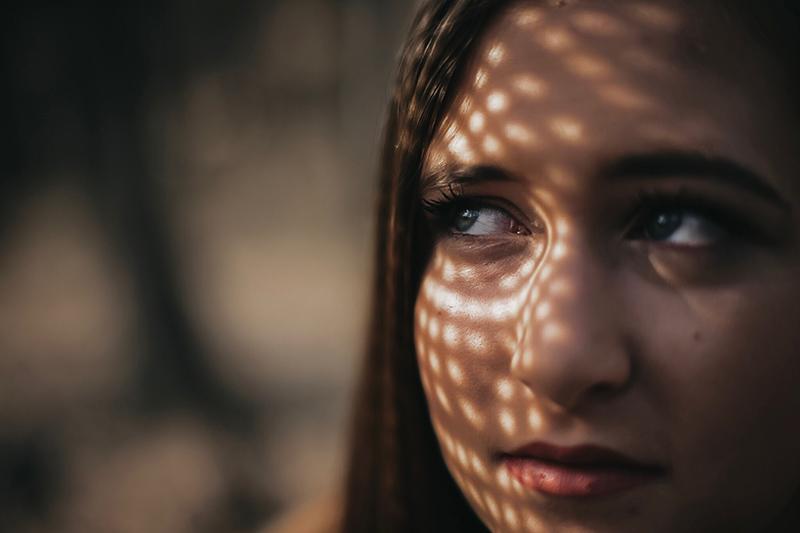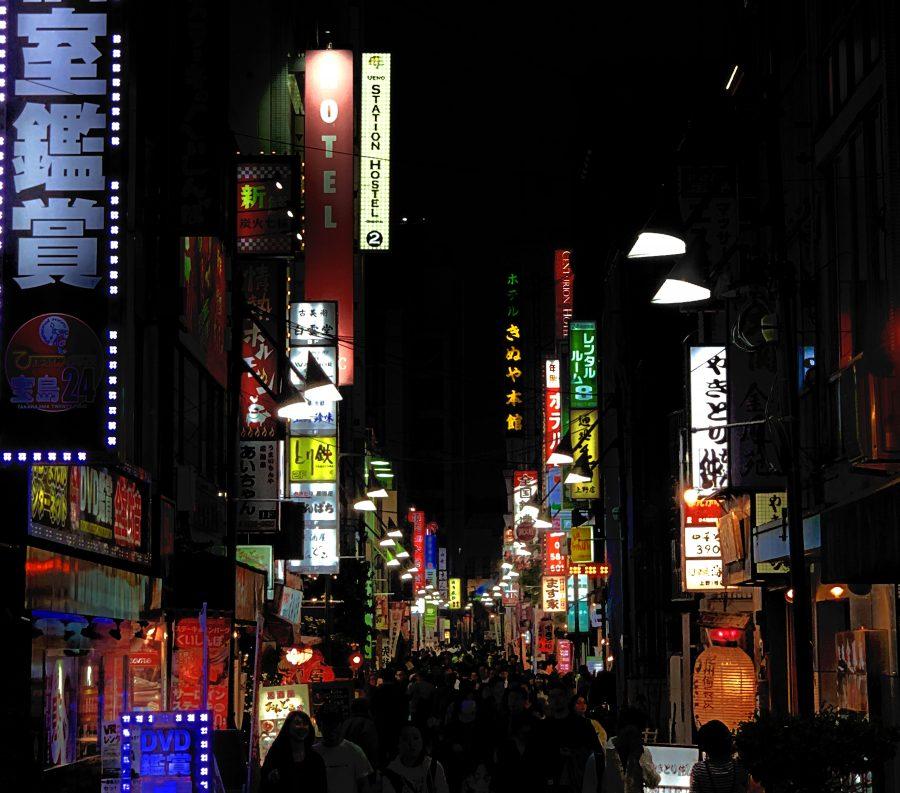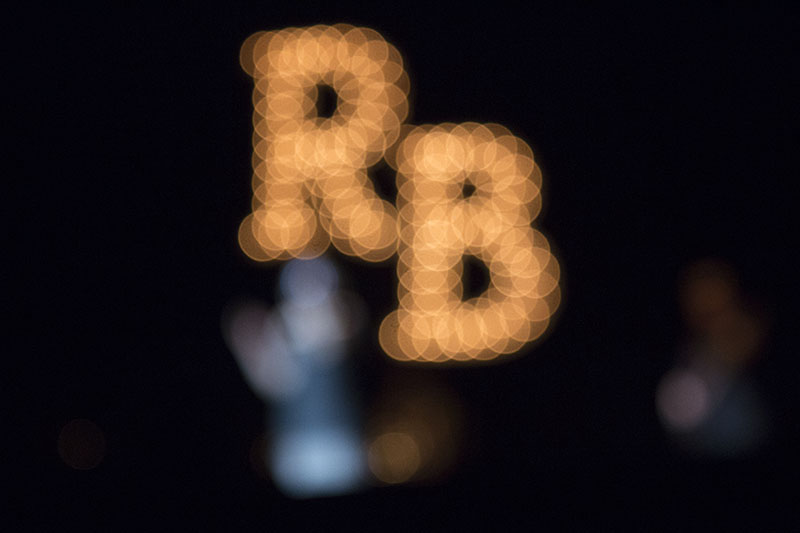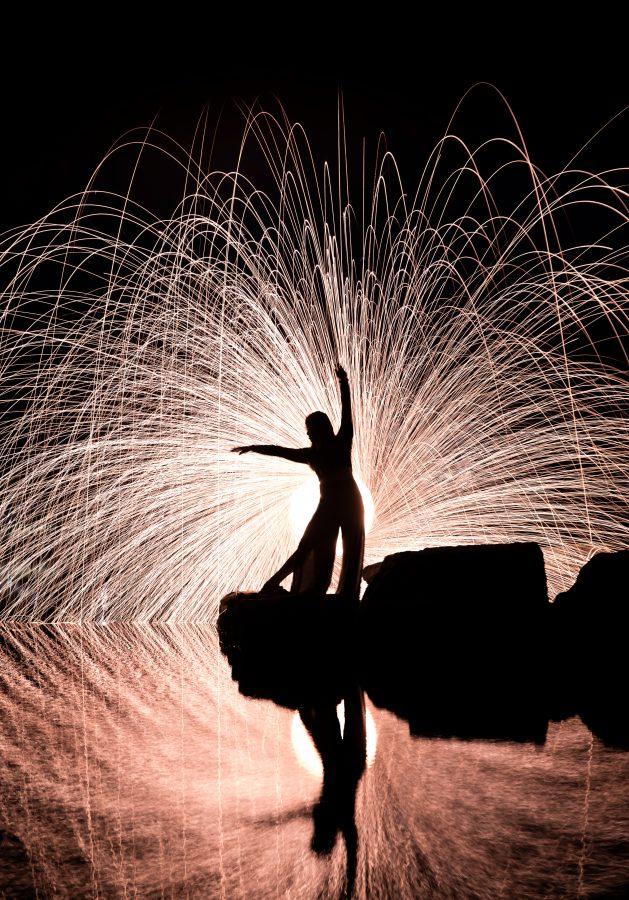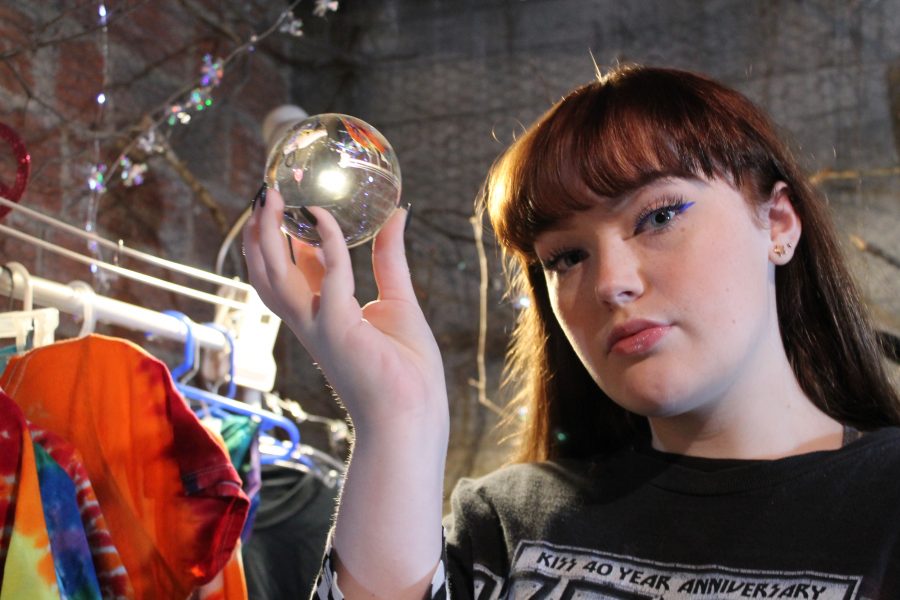Darkness cannot drive out darkness; only light can do that,
Dr. Martin Luther King said.
Although the quote can serve as a metaphor for a range of life’s struggles, for this photo, take it literally.
Manipulating light is a photographical trend, or at least it is on my Pinterest page. I far too often find myself losing time while scrolling through boards of photography hacks that use light. I am particularly fascinated by the illusions of shapes and colors that I have seen photographers create with light, and I wanted to try it out for myself. I find it especially interesting when photographers use typical household items to create their shot. For example, there are some incredible photos where people reflected the light from the sun onto a CD and then onto a face, which creates a rainbow gradient on the face because of the scientific relationship between colors and light. Click here to see an example.
To manipulate light in my photo, I used a typical household spaghetti strainer. And I’m so happy with the results.
The strainer I used is made up of small holes that create circles that shrink as the move closer to the middle of the bowl, with no holes in the very bottom of the shape. I used the anatomy of the container to my advantage, centering the hole-less middle on my subject’s eye, which makes it seem as if the light centers from the eye and is circling out around it. The circles frame my subject’s eye in a way that makes the eye the focal point of the photo.
From a photographer’s viewpoint, it’s fun for me to look at this creation knowing that I made the illusion with a spaghetti strainer. To any viewer, this photo wouldn’t give off a humorous tone, but for me, it’s pretty funny. Artistically, I’m proud of the variations of contrast throughout the photo. I took the photo in a wooded area where there was just a bit of sunlight peeking through the shading trees. The light beams shining through the holes of the strainer and onto my subject’s face, therefore, maximize all of the light the surroundings had to offer. The area around my subject, even as close to the side of her face that makes up the right side of the frame, are shaded and darker, which make the light on her face even more vibrant. There is also a subtle contrast in color. The warmer tones of the tans of the trees in the background and the browns of my subject’s hair contrast the blue of her eye. The fact that her eye contains the only cool color in the photo assists the development of her eye as the focal point of the image.
Maybe Dr. King didn’t use a spaghetti strainer to get his point across, but our points are quite similar: light and darkness, although opposing forces, can work together to create a paradoxically powerful alliance.
What household items should I make use of next? Let me know in the comments below.












































































